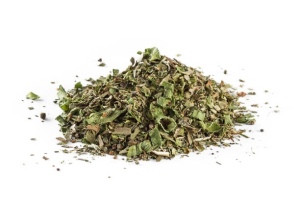
This seasoning blend mainly contains the Italian big 3 – basil, oregano and parsley. Of course we could stop there, but we can get a more complex flavor by filling it out with more herbs like rosemary and thyme. Omit the chili flakes if you are sensitive to capsaicin. Add the marjoram and sage if you have them on hand for the best flavor.
Use Italian seasoning in soups and sauces, mixed into bread crumbs, in olive oil to make bread dipping sauce, on chicken or pork, mixed into meatballs, in marinades, in pasta dishes, in salad dressings and in dips – really anything that could use some delicious Italian of flavor. Be sure to use in combination with garlic-infused olive oil or garlic scape powder to give your dish a more authentic Italian flavor.
Low FODMAP Italian Seasoning
Makes just over 1/4 cup.
Ingredients
- 1 tbsp dried basil
- 1 tbsp dried oregano
- 1 tbsp dried parsley
- 1.5 tsp dried rosemary
- 1.5 tsp dried thyme
- 1.5 tsp red chili flakes (if tolerated)
- 1/2 tsp marjoram (optional)
- 1/8 tsp rubbed sage (optional)
Instructions
- Using a small funnel or a folded sheet of clean, sturdy paper, add all ingredients to a small jar with a tight-fitting lid. (Old spice jars are ideal.)
- Close the lid and shake vigorously until well-mixed.


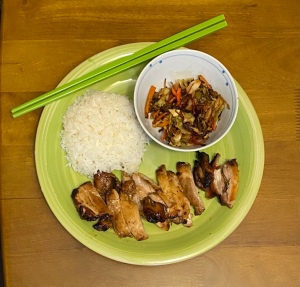


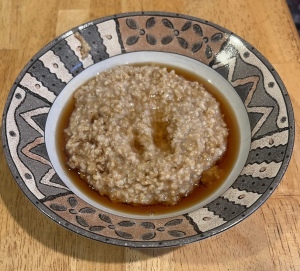
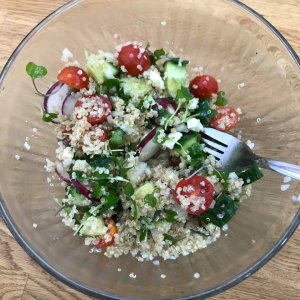
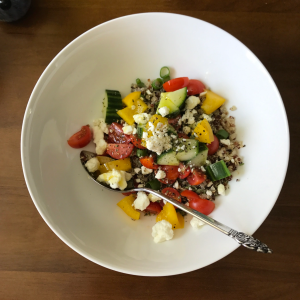
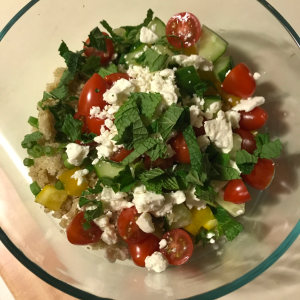



You must be logged in to post a comment.